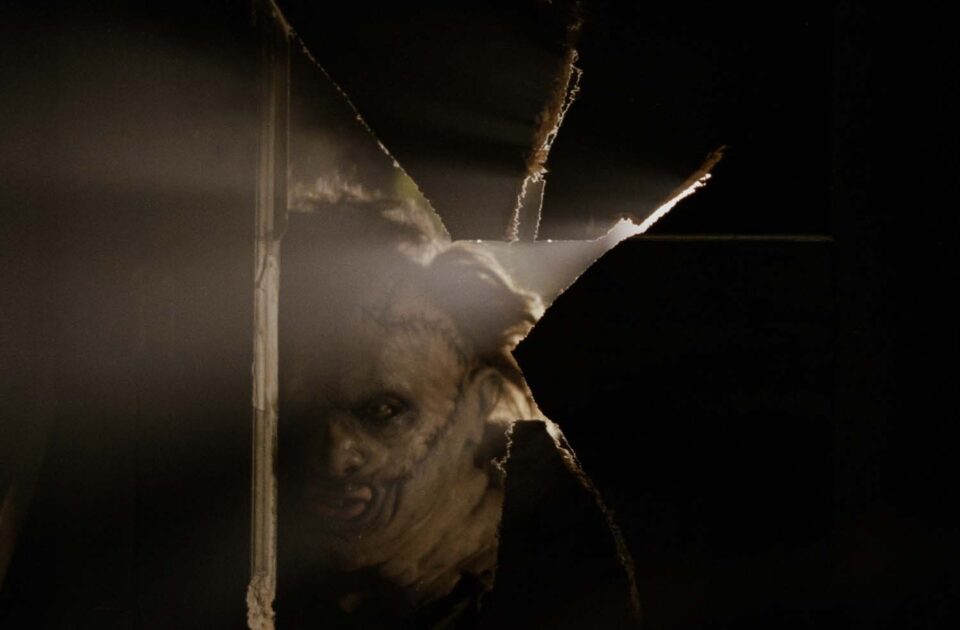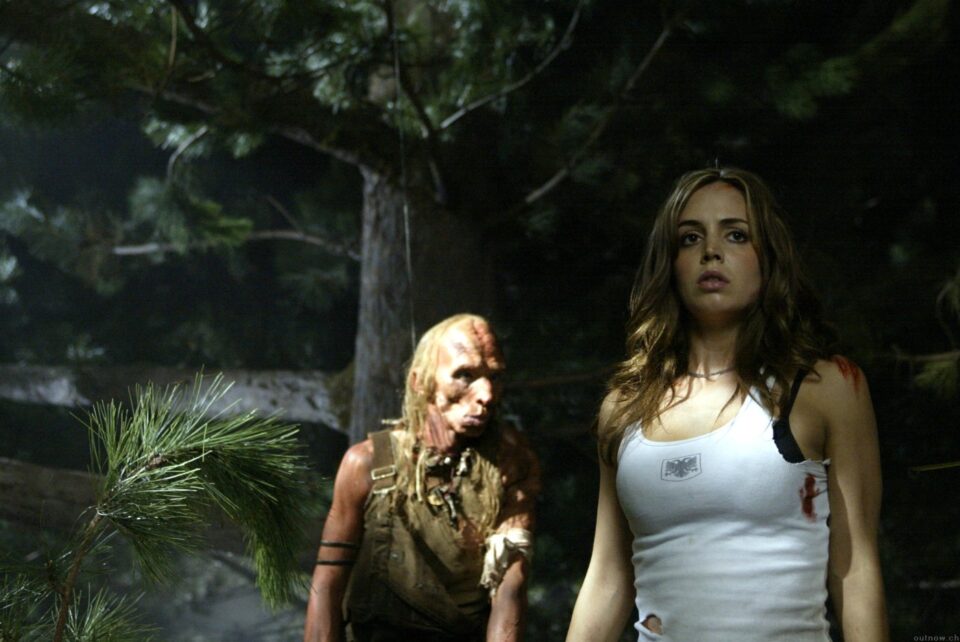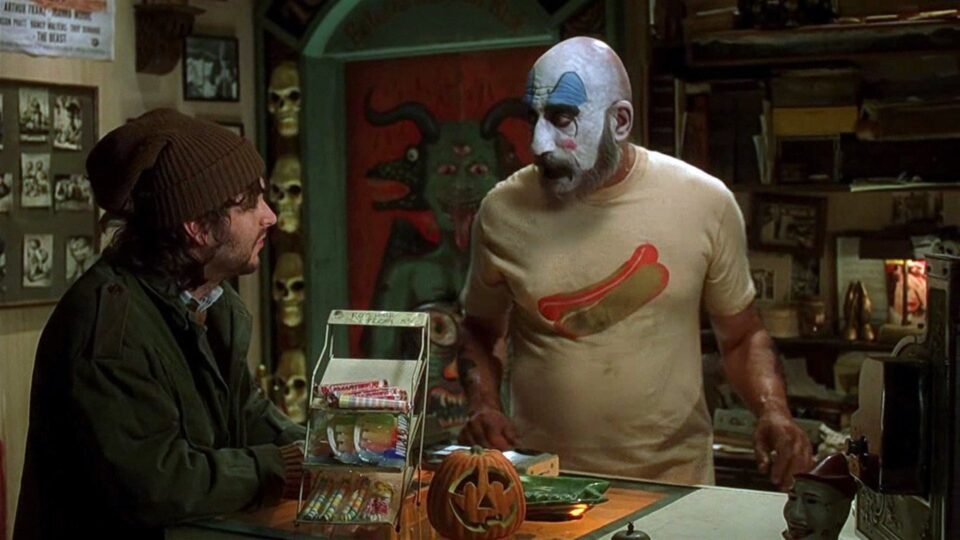Down South Where the Devil Won’t Stay: A Retrospective of the 2003 Hillbilly Horror Revival

Hillbilly horror has existed as a potent subgenre within American horror cinema due to classics like Deliverance and Two Thousand Maniacs. And, most noticeably, The Texas Chain Saw Massacre popularized the tropes to a broader audience. However, the genre experienced its first strong wave from the 60s to the early 80s before falling below the surface until the 2000s. Especially as a Southern horror fan who grew up during that period, I have some strong opinions about that subgenre due to its depictions and the stereotypes it perpetuates around the region.
Much like Scream revitalizing slashers for the 90s, a trio of films released in 2003 would revive the hillbilly horror subgenre while creating or rebooting franchises: The Texas Chainsaw Massacre, Wrong Turn, and House of 1000 Corpses. More noticeably, though, these films laid the groundwork for future movies such as the 2006 remake of The Hills Have Eyes or Wolf Creek to thrive.
Isolated In The South
An essential aspect of the hillbilly horror subgenre lies in its setting. Aside from the rural locations often in the south, it paints the environment as a place out of time or not existing within typical society. This occurs more literally in The Texas Chainsaw Massacre and House of 1000 Corpses due to both movies taking place in the 1970s and living as throwback pieces. Aside from calling back to the heydays of the subgenre, it conjures up a much rougher and more fantastical perception of the region. Even though its set in 2003, Wrong Turn gleefully embraces the stereotypes of Appalachia and frames it as existing out of the present due to the brutal nature of the cannibals.
The movies do not take place in the south but rather in fictionalized versions of the “South” that exist in pop culture and capture the imagination. The horror of the setting also lies in their isolation from civilization. Whether it be the rural Hewitt house in The Texas Chainsaw Massacre, Captain Spaulding’s Gas Station in House of 1000 Corpses, or the Wrong Turn backwoods, the protagonists find themselves out of their respective elements in the rural country and must adapt to survive. More notably, in the throwback era lies a lack of communication devices like cell phones, preventing the characters from easily escaping their situation. Or in the case of Wrong Turn, the characters’ phones have no signal. The fear of being isolated and helpless in an untamed location drives the horror of the subgenre.

City Vs. Country
The three films also frame the conflict as civilization versus the rural population. It views the rural population as lesser and more monstrous than the relatively attractive civilized characters. When Chris Flynn (Desmond Harrington) approaches an isolated gas station in Wrong Turn, the owner is portrayed as a stereotypical hillbilly with no teeth and drinks from a bottle of Pepto. It becomes more explicit in the film when the villains are revealed to be disfigured inbred cannibals.
Similarly, in The Texas Chainsaw Massacre, Leatherface (Andrew Byrnairski) suffers facial disfigurement due to a condition and must hide his face using human-made masks. Even the rest of his family acts more outlandish and comically evil compared to the more realistic depiction of humans in the college kid victims. Even if the main three Firefly villains in House of 1000 Corpses look relatively human, their monstrosity lies in their murderous and torturous nature. They gleefully torment, mutilate, and violate their victims before sacrificing them in a ritual. The rural Southerners become vilified and only exist to murder the victims in the narratives, contrasting with the civilized protagonists.

The Taste of Human Flesh
In addition, the topic of cannibalism pops up in two of the movies. More notably, both The Texas Chainsaw Massacre and Wrong Turn portray the crime as an act of survival. Although it is later established in the prequel, the small town run by the Hewitts exists in isolation due to the slaughterhouse closing down. This left them to fend for themselves, which inevitably means cannibalism. Similarly, the mutant cannibals in Appalachia must feed on humans to survive in the rapidly developing world. Cannibalism is often portrayed as a backward and inhuman act as a means of dehumanization. As industrialization itself cannibalizes the region, it forces the remnants to feed on what’s left and do their best to survive.
The concept of cannibalism in the movies becomes literal and figurative as the families feast on the civilized as the world outside their bubble grows and expands. But, this framing demonizes the region’s struggling people as they engage in forced barbaric actions. The disgusted reactions by the civilized characters further the othering of each film’s villains. With no other option left, are they indeed in the wrong to do what it takes to survive? Or should they die? The extreme nature of cannibalism heightens this struggle for economic survival viscerally and horrifically.

Keeping It In The Family
Lastly comes the topic of family and relationships. All three movies feature distinct and iconic families who rely upon killing for their way of life. The Hewitts still view Leatherface as their little boy. As for the three brothers in Wrong Turn, their origin derives from incest and inbreeding. While incest is a serious topic, the film plays into the trope of the backward south and off-color jokes about the region. Yet, their disfigured appearances suggest longer years of inbreeding and existing as a “familiar practice.”
The Fireflies in House of 1000 Corpses are all related through flesh and blood except for Otis (Bill Moseley), who was adopted. The family unit proves strength in numbers and a commitment to a way of life. They live by a family creed and code to unite their actions and beliefs. After all, blood is thicker than water. The south mythologizes family history and activities, especially within hillbilly horror, where the idea of a family of cannibals living out in a rural area seems possible. And having a family unit pits the protagonist against not a singular threat, but a unified force. Instead of killers, these stereotypical hillbilly characters are a way of life and become something more symbolic than singular.
Since the revival in 2003, the hillbilly horror subgenre has sustained a steady and firm hold on the popular consciousness not only in America but across the world, like with France’s Frontier(s) or the previously mentioned Australian Wolf Creek. But, the subgenre has also seen shifts, seen in films such as 2010’s Tucker & Dale vs. Evil, which put a horror-comedy twist on the tropes. Even now, as franchises like The Texas Chainsaw Massacre and Wrong Turn recently received reboots, hillbilly horror can never indeed go away and will exist in the medium, for better or worse.
Categorized: Editorials
